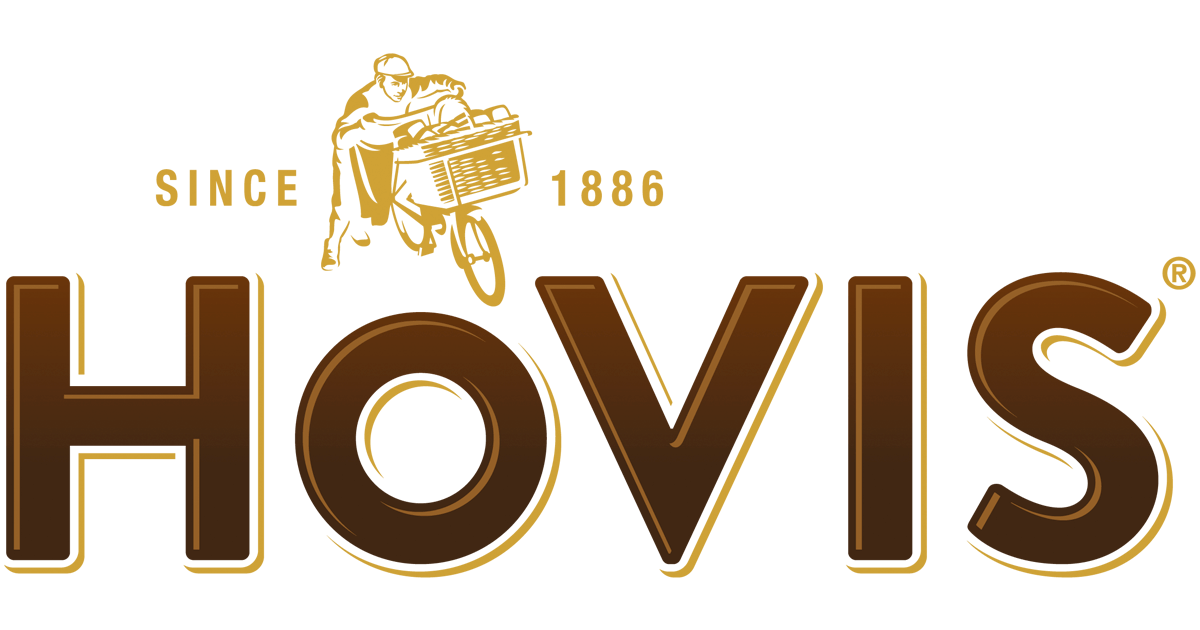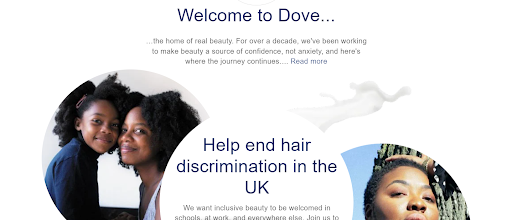I won’t sugar-coat it: finding your brand voice is hard.
Despite being perhaps the most important step for a company looking to get their lovely product, service or experience sold, it’s often the Achilles’ heel in a marketing strategy.
Having a cracking brand voice let’s your company stand out in a crowded space (like that one very drunk man dancing topless at the pub).
It gives your brand the impact it deserves. And lets your customer know that you mean business. From day one.
But how do you go about discovering what your brand voice is? And how is this voice supposed to align with your values and show the world who you are?
In this post I’m going to help you discover your brand’s voice.
I’m going to share some tried and tested strategies and give you the first push towards a new branding mission in 2022.
BRAND VOICE. HUH?
Marketing jargon can often make the simple complex. Sorry about that! Let’s break it down…
A brand voice is basically everything you say as a company across all of your marketing collateral. It’s the way you speak to your customers or clients; it’s how you say the things you say.
It comes down to how you position yourself amongst your competitors through your language.
Combined with more tangible visuals and an overarching brand strategy, the brand voice is an absolutely essential element and should never be neglected. Especially if you want some of that sweet, sweet success.
CHANGING TIMES
Creating a brand voice in the past was a very different journey to what you’re about to embark on.
Traditional media meant that a company could gradually introduce its brand voice and slowly worm its way into a prospect’s heart over time.
Take the famous bread brand, Hovis, for example. They started advertising in the late 1800s before gradually establishing themselves firmly as a household name in the 60s and 70s. And they had some of the most popular televised ads of all time.
Ultimately, the rise of social media has changed the landscape entirely. It has made regular and rapid brand updates important and has created a situation in which a brand has to sustain its messaging across many different channels while rapidly responding to an audience with a low attention span.
DIAL IN THE SOCIALS
The attention span thing is important.
Someone is browsing social media and they come across your ad. You have 3 seconds. What do you have to say? Why are you saying it? How are you saying it? How does it reflect the reader’s beliefs?
It’s a lot to take in, but some of the world’s largest companies have succeeded primarily through nailing their socials.
Take Mailchimp for example.
Mailchimp – the email marketing automation platform – publicly posted their brand voice guidelines, covering how they intended to develop their voice over the following years.
In the social media shot below you can see how they have mastered their conversational, friendly and informative tone. Their customers are small businesses wanting to expand, and they have put themselves directly in their shoes. And by doing so have managed to distinguish themselves from others in their industry and become a go-to company for business email marketing.
Here’s how to do it:
- Try out short, snappy posts that are easy for the reader to take in at a glance
- Use language that will resonate with your target audience. Make sure you do a bit of research into how your customers are talking – either online or in a focus group, etc.
- Use words like ‘you’ and ‘your’ to entice the reader and make your voice more personal
ZIG WHILE THE REST ZAG
Creating the right Tone of Voice (TOV) is all about developing a way of speaking to your audience that is unmistakably you. Try to imagine your brand as a person:
- Are they strong and reliable through hard times?
- Are they hilarious and witty?
- Are they serious and informed?
It might even be useful to consider the personality of senior team members or CEO. Observe how this person talks about your brand, then speak in their language across your channels.
Put simply, TOV guidelines are a tool which can be referenced by your entire company when creating written communications. Every touchpoint and channel should have instructional guides detailing the correct messaging to use with examples. And it HAS to be consistent, too.
A company that has absolutely smashed this is Starbucks. This TOV pack provides excellent examples and goes into precise details about the ‘functional’ and ‘expressive’ approach they have towards their copy across all touchpoints.
Your pack may not need to be as detailed as this massive coffee slingers’, but it’s a great guide for any organisation – big or small.
LISTEN TO YOUR CUSTOMERS
In order to define your brand voice like the world’s big players, it’s also really important to listen to your customers. Who are you selling your product to? Who will benefit from your service the most?
Nowadays, social movements are an extremely important factor in purchasing decisions online. From social justice-themed discussions to climate concerns and world issues, people are tuned in and they need their favourite brand to reflect their beliefs through its voice.
Take the world-famous cosmetic brand Dove. They work in the world of beauty and body confidence, so in recent years they have channeled their brand voice towards a celebration of body positivity and ethnicity.
They highlight women who may not fit with the traditional beauty standards of years gone by in their campaigns and, through this, promote their products as a great choice for every individual regardless of their skin colour.
As soon as you visit their site, the brand voice is clear…
Through this campaign, which includes links to petitions, Dove connects to their target audience of young women who are passionate about social justice and beauty.
Here’s how to do it:
- Connect on a deeper level with your prospects through discovering what they care about in their social scene
- Connect your product to a relevant cause. If you’re selling a sustainable product, perhaps include a discussion of climate change and other related causes through your social channels. If you’re selling vegan food, connect with vegans and champion their causes with your brand voice
- Know your audience intimately and follow their movements online
ORGANIC LANGUAGE
So you’ve listened to your customers, and you’ve listened well. But did you pick up on the organic language they are using?
Organic language is language that has developed over time and evolved in a social scene. In the business world these words are very common and include popular phrases/buzzwords such as “pain point” and “touch base”. Outside of this environment, language is constantly shifting in the online world and new phrases are regularly being devised or reinterpreted on social media.
As most organisations don’t really listen very well to how their customers speak, brands that do have a serious advantage in their markets. High-impact words and phrases let your prospect know that your organisation understands them on a personal level. And this allows you to appeal to their needs.
MOVING AHEAD
So hopefully this post has given you a good idea of how to define, improve and use your brand voice in 2022. I’d love to chat with you more about it, but in the meantime why don’t you go check out some of our own branding missions?
Love,
Konrad




this is good thing thank you for this one i hope and pray that this brand will prosper much.
Thank you so much! Appreciate your comment!